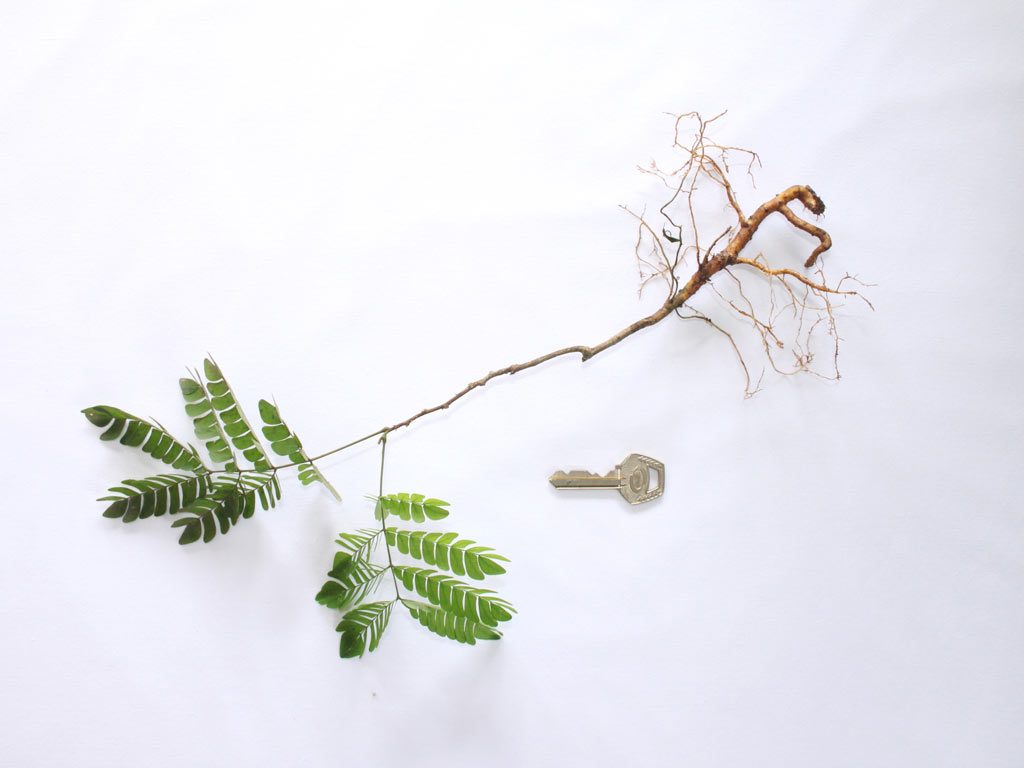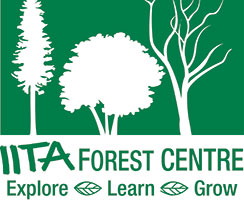
24 Jul Albizia ferruginea
Scientific name: Albizia ferruginea Guill. & Perr. Benth.
Family: Leguminosae.
Distribution/conservation status: widespread in semi-deciduous forest, extending into evergreen and savanna forests where conditions are suitable. Vulnerable (VU) declining due to overexploitation for timber, charcoal and removal of bark for medicinal uses.
Common names: West African albizia (English), Ngu (Igbo), Ayinre-ogo (Yoruba), Uwowe-nugu (Edo).
Fruits/seeds: red-brown to yellow-brown oblong flat pod containing about 10 globose to ellipsoid flattened seeds.
Fruiting time: December – March.
Seed collection: pods are easily opened to remove seeds.
Type of seed: orthodox.
Sowing method: scarify seeds in concentrated sulphuric acid for 7 minutes or mechanically scarify and soak in water for 24 hours.
Sowing medium: forest soil.
Germination period: 7-10 days.
Germination percentage: 70%.
Vegetative propagation: root cuttings.
Growth/development: Seedlings require light shade. Transplanting can be done within 1 – 2 months. A height of 1.3m is reached in one year. Trees take about 15 years to start fruiting.
Notes: collect seeds promptly when ripe and check carefully for tiny holes that indicate insect damage; damaged seeds do not germinate.

Albizia ferruginea seedling

